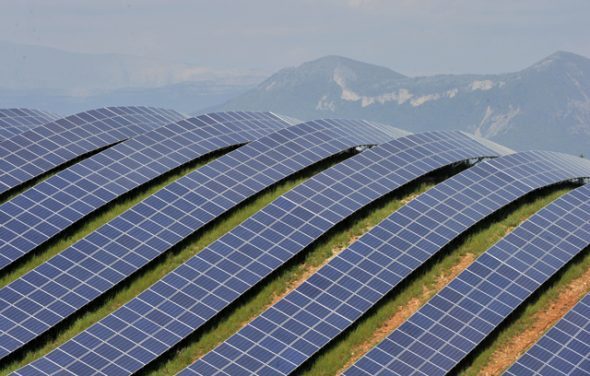A number of important things are happening right now in the global PV market that are likely to shape the next few years in PV.
Firstly, the German government is set to announce a compromise deal on FIT’s tomorrow. Reportedly, the proposed 20-30 per cent cuts in FIT’s will proceed in the worlds largest PV market, but incentives will be optimised towards 10-40kW systems with FIT’s around $US 0.231c kWh. Larger systems also continue to get support, but at a lower $US 0.206c kWh.
What’s important about this is its demonstrates the high value of PV in smaller system sizes – and arguably where the energy is used “behind the meter” and used for self consumption. This is trend we are seeing in Australia too, albeit with a distinctly different attitude towards the value of PV energy.
Secondly as the worlds largest market, what happens in Germany affects the global supply and demand balance. Arguably, a 20-30 per cent FIT cut will slow demand and could exasperate the oversupply situation if other markets don’t absorb the excess. Price declines could counter this, but this seem unlikely in the near term given the low profitability across the industry.
The German government has also put a big line in the sand too; once the cumulative installed
If this plays out, we could see further (or earlier) cuts to tariffs with flow on affects to the rest of the world. Germany matters.
On a related subject, GTM research have just released some new data on the global supply and demand mix too.
In their new PV Technology, Production and Cost Outlook: 2012-2016 report, they paint a picture of continuing oversupply in PV manufacturing and have predicted that capacity retirements (closure of factory’s) are inevitable.
To put it in perspective, current global capacity is around 29GW HIGHER than demand, today. Good for low prices. Bad for profit.
Even taking into account the forecasts for demand growth, they estimate that as much as 21GW of capacity will have to be retired by 2015. That’s potentially a whole-lotta product warranty with no future home.
Balancing this is the the potential for surges in demand. Historically, massive demand has been created, often unexpectedly, when countries have announced new programs and it’s why forecasting is so hard. Arguably, if the price forecasts of around $US 0.45c W for 2015 production costs are right (even lower in some cases) then we may see PV demand surging even more strongly than currently predicted.
The potential for China, India and perhaps even Japan to create significant new demand certainly exists; particularly if avoiding closures and job losses are vital, such as we see in China.
Supply and demand forecasts are notoriously difficult, and I recently looked at a range of historical PV industry forecasts produced over the last 15 years. The majority of demand forecasts (looking forward 5-10 years) were wrong by a factor of 10; thats right demand was 10X stronger than most predicted. However, the massive annual growth rates are less and less plausible as the industry gets bigger.
If GTM are close to right, the PV industry’s problems are far from over but I’m going to go out on a limb and project that demand will exceed our (their) wildest expectations. Lets just hope we don’t have to go through too much murk before industry gets the balance right.
Nigel Morris is Director of SolarBusinessServices










